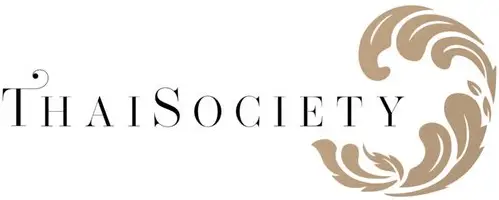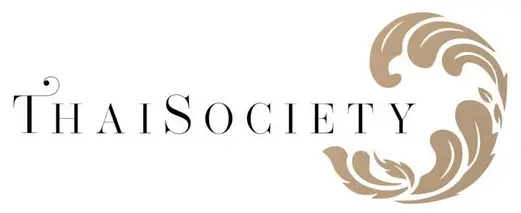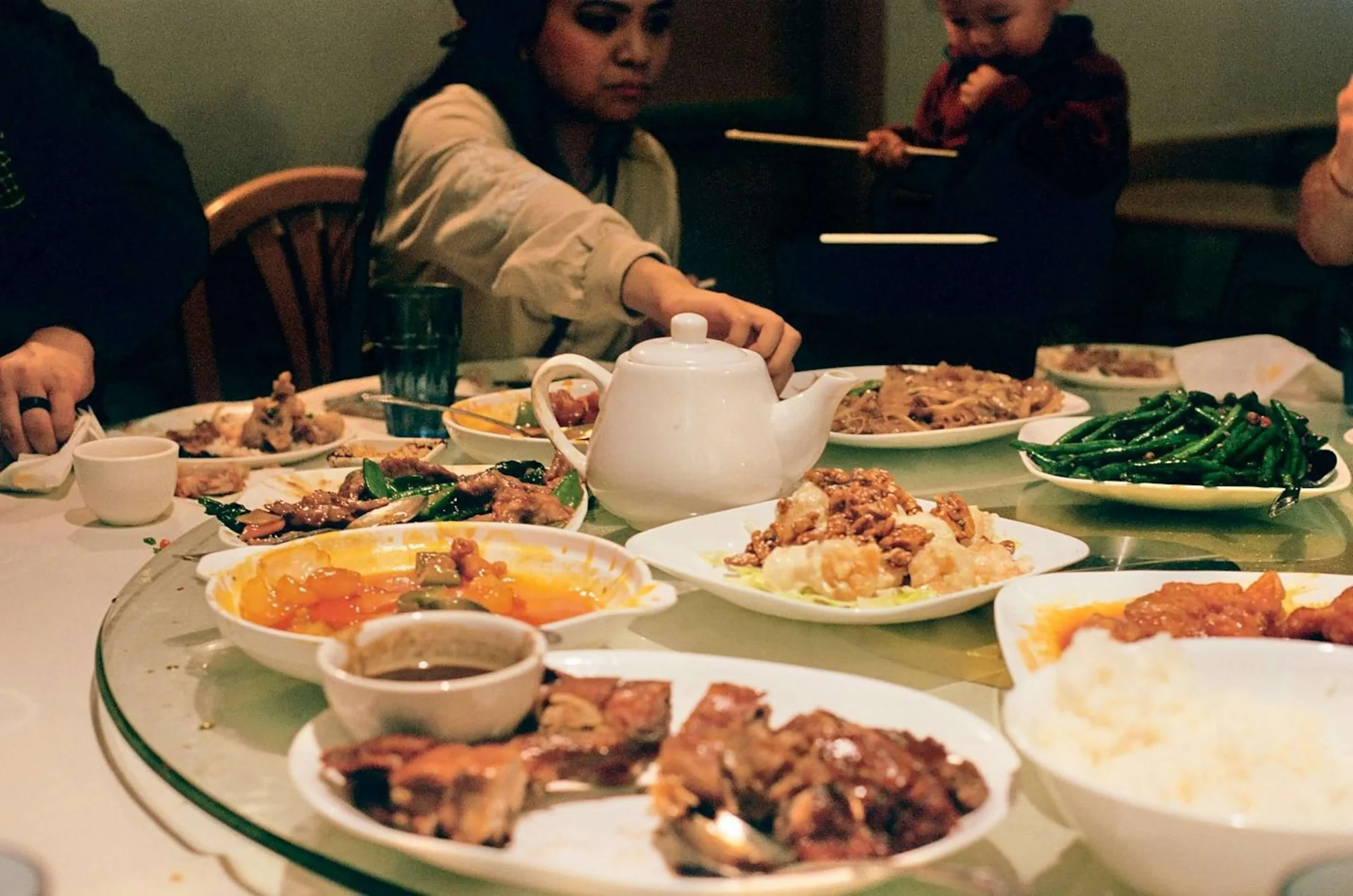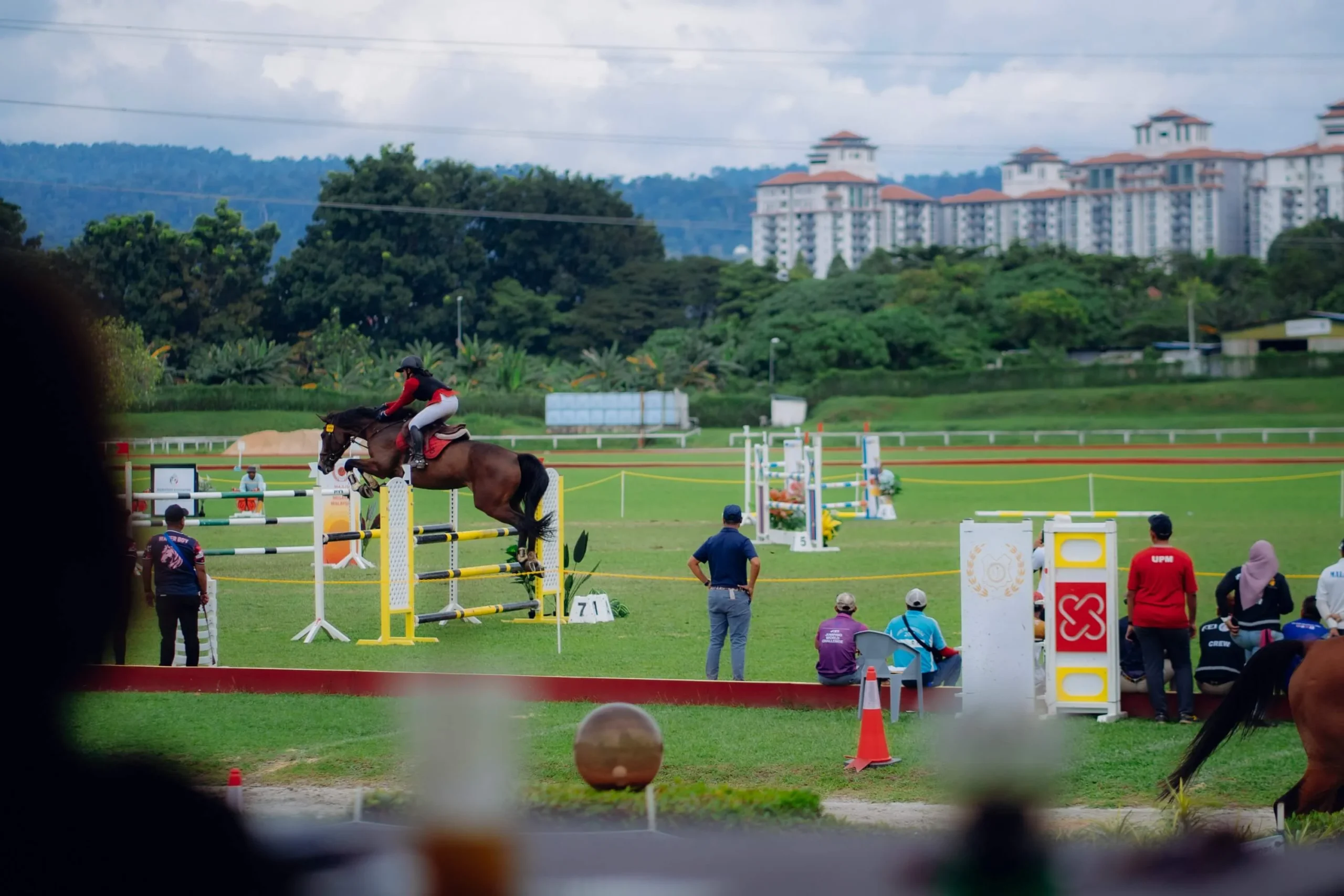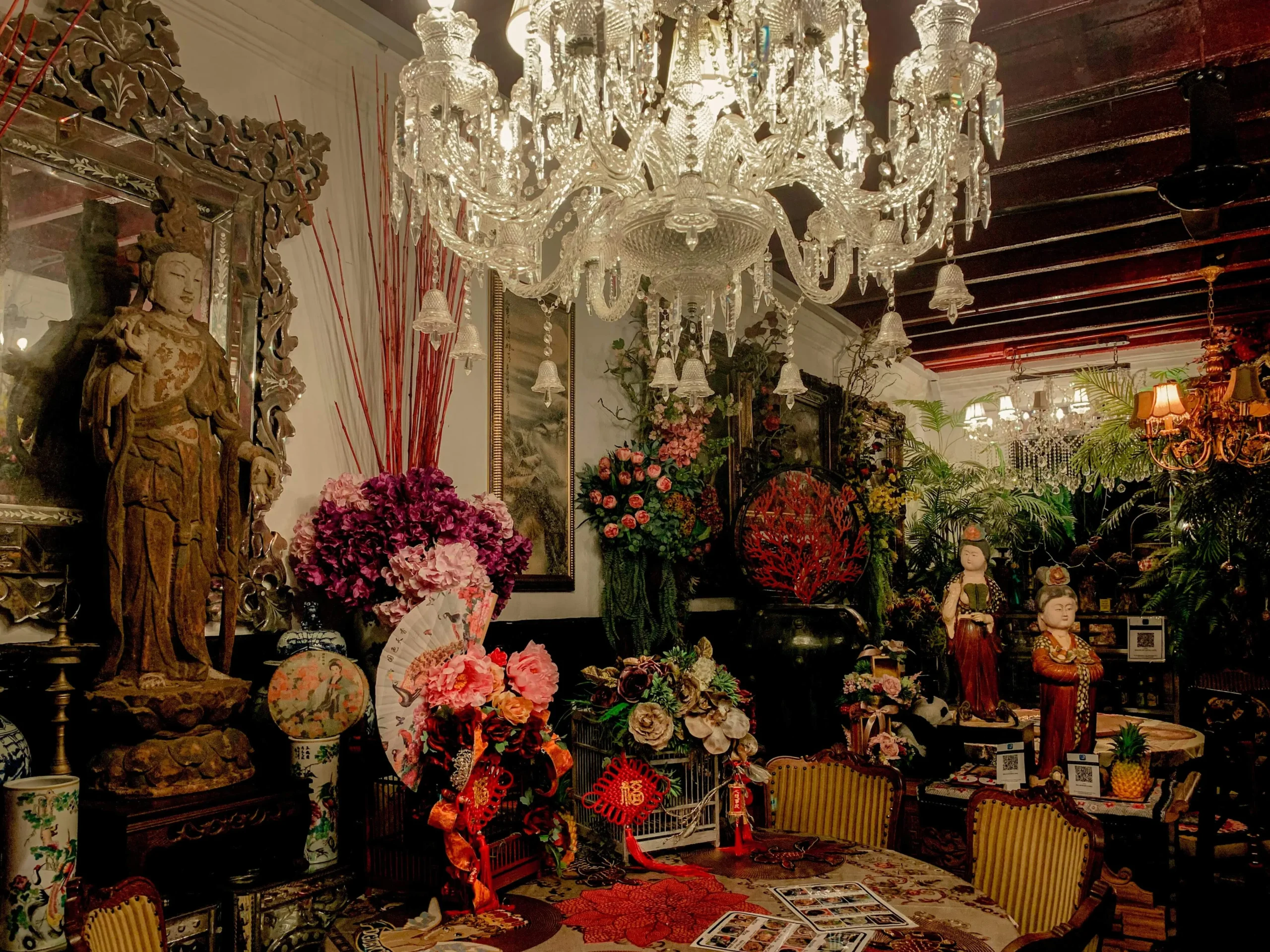To the outsider, dining among Thailand’s elite might appear to be about the restaurant choice or the prestige of the wine list. But for those within the circle, the true art lies not in what is consumed but in how the table itself becomes a stage for refinement. Every gesture, placement, and pause communicates an unspoken hierarchy. The Hi-So table is where legacy, discretion, and global savoir-faire converge.
The Table as Theatre
In Bangkok’s most exclusive settings—from the private salons at Mandarin Oriental to discreet riverfront estates—hosts consider the dinner table a symbol of authority. The choice of menu is less about indulgence and more about precision: a delicate balance between honoring Thai culinary heritage and signaling cosmopolitan reach. A well-placed tom yum consommé beside a Burgundy vintage, or kanom jeen paired with Oscietra caviar, sends a message of dual fluency in local and international codes.
Seating arrangements reveal as much as the food. The most senior or honored guest is placed in the seat of visibility, often opposite the host, ensuring their presence anchors the flow of conversation. Couples are rarely seated side by side; proximity is designed to encourage cross-dialogue, not insularity. And though Western table manners are respected, the Thai concept of kreng jai—a deep awareness of others’ comfort—remains the invisible guide. Reaching too quickly, speaking too loudly, or commanding attention without balance are quiet but unforgivable errors.
Conversation as a Code
Hosts of stature know that conversation at the table is not casual chatter but a performance of social poise. Voices are kept low, wit is measured, and listening is valued as highly as speaking. The most admired guests are those who can move seamlessly between international affairs and local anecdotes, always punctuating their insights with deference to Thai values.
Equally important is the timing of each course. Among the Hi-So, a dinner is never rushed. The rhythm of serving, the intervals between dishes, the length of a toast—all are carefully calibrated. Too long a gap suggests disorganization, too quick a succession implies eagerness to finish. It is this balance of tempo that defines whether the evening lingers in memory or fades into forgettable indulgence.
Subtle Signals of Refinement
Table etiquette also extends beyond the meal itself. Arriving slightly after the appointed hour signals respect to the host’s preparation, but lateness beyond the unspoken limit of fifteen minutes is viewed as careless. Departures, too, are orchestrated: the guest of honor leaves first, followed by others in descending order of rank, ensuring that hierarchy is honored even in farewell.
Wine pairings, while increasingly international, remain discreet. Loud labels and ostentation are avoided; subtlety is preferred. The connoisseur who quietly chooses a rare but restrained vintage earns more respect than one flaunting magnums of Champagne. In the same way, a refined host will know the dietary restrictions and preferences of their guests in advance, signaling attentiveness and intimacy that transcends the menu.
To dine with Thailand’s Hi-So is to enter a realm where the table is a mirror of society itself. It is here that one learns the codes of hierarchy, grace, and discretion—not by being told, but by observing the silent choreography of dishes, glances, and tones. For those with the ambition to ascend, mastering the table is not optional. It is initiation.
